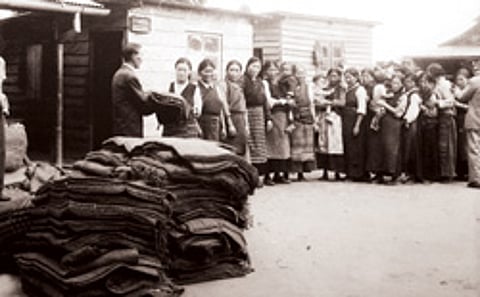Protecting kin
China's preparations for the 2008 Beijing Olympics have put Tibet back in the spotlight. However, the many protests that surrounded the torch relay, as it made its way past heavily armed riot police around the world, have not had much to say about an important element in the Tibet issue – the exile communities. Of the nearly 200,000 Tibetan exiles around the world, most are in the Southasian region. Southasia's two most significant receivers of Tibetans, India and Nepal, have historically had very different policies towards these refugees, contingent on the two countries' different political and social circumstances. Now, however, accelerated political change in Nepal, increasing security worries and governmental reluctance to take responsibility for Tibetans in India, coupled with an apparent Chinese willingness to negotiate over Tibet, are opening a potential space for India and Nepal to evolve a common policy of engaging with China over the Tibet issue.
Renewed talks between Beijing and representatives of Tenzin Gyatso, the 14th Dalai Lama, in early July signalled Beijing's belated acceptance of the Dalai Lama as a legitimate stakeholder in the future of Tibet. This is in no small part due to the rising international clamour about Tibet resulting from the lead-up to the 2008 Beijing Olympics, in the context of China's stepped-up pursuit of international markets and influence. Of cou rse, this is all taking place in a world that has become keenly aware of the plight of the people of Tibet, thanks to the Dalai Lama's decades-long campaign.

